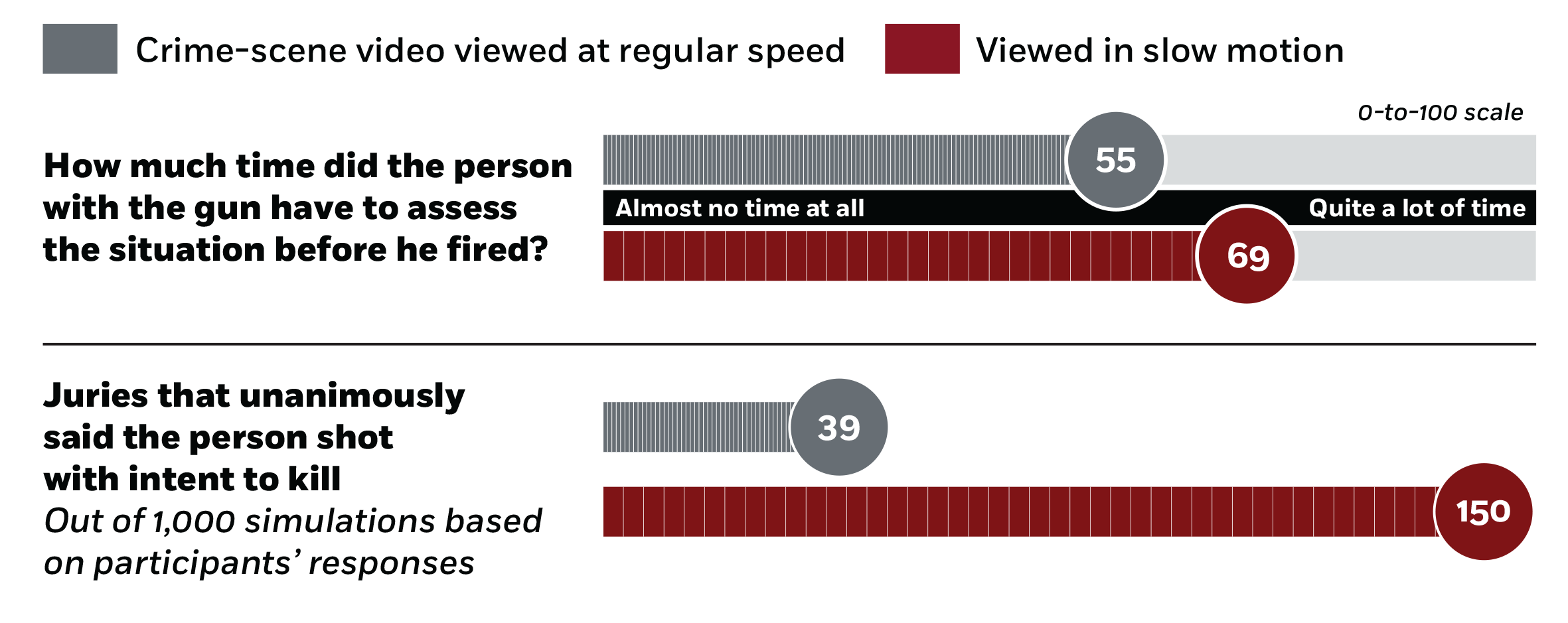
Don’t Be Afraid to Ask for Help
We consistently underestimate how happy others are to assist.
Don’t Be Afraid to Ask for HelpHow slow-motion video can sway jurors' decisions

Eugene M. Caruso, Zachary C. Burns, and Benjamin A. Converse, “Slow Motion Increases Perceived Intent,” Proceedings of the National Academy of Sciences, August 2016.

We consistently underestimate how happy others are to assist.
Don’t Be Afraid to Ask for Help
Researchers will be able to generate synthetic but photorealistic faces that can be tuned along sets of perceived attributes.
Looking for a Trustworthy Face? There’s a Photo Database for That
The order in which customers approach vendors can affect how prices are set.
How ‘Riding Coattails’ Can Help Counter DiscriminationYour Privacy
We want to demonstrate our commitment to your privacy. Please review Chicago Booth's privacy notice, which provides information explaining how and why we collect particular information when you visit our website.